Iran is a country with a varied climate and all four seasons. Across the nation, biodiversity has been influenced by this trait. Desert and semi-arid areas make up more than 50% of the country. Iran is mostly made up of rich plains in the Khuzestan and southern Caspian lowlands, while around one-third of Iran is mountainous.
We eventually come across several climate zones as we move from the north to the south of our nation. Regarding rainfall, Iran has a semi-arid and arid climate. Different geographic regions and seasons have varied yearly rainfall totals.
Many visitors visit Iran each year to take in the country’s greenery, Persian flowers, and gardens. You undoubtedly already realize that Iran is home to a number of the world’s most exquisite and historic gardens. Iranian vegetation is pure and scarce, which is one of the key causes. Let’s dive into the guide of flowers of Iran and their significance.
The Integral Role of Flowers in Iranian Culture
Here are the important roles of Persian flowers in Iranian culture:
1.Flowers in Iranian Festivities: From Nowruz to Weddings
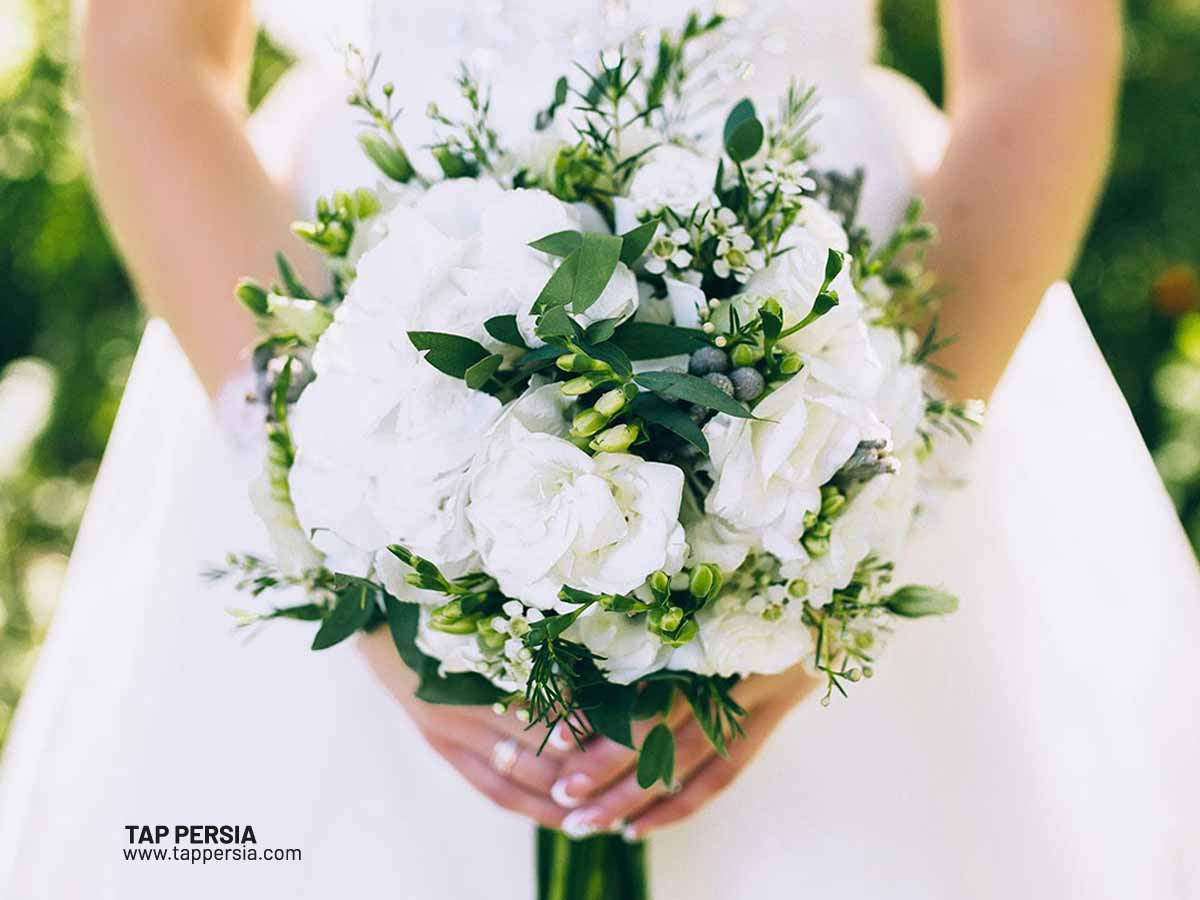
On several occasions, including Nowruz, Valentine’s Day, Teacher’s Day, birthdays, Mother’s Day, Father’s Day, the marriage proposal ceremony, and the Persian Love Day (Sepandarmazgan), funerals and wedding celebrations, Iranians exchange Persian flowers.
2.The Art of Flower Giving in Iran: Symbolism and Traditions
One of the oldest Persian ceremonies and traditions involves offering flowers as a gift. Many lovely and touching themes about giving and receiving flowers of Iran as presents are found in historical sources and Persian literary works. Since ancient Iranian traditions, Iranians have continued to provide flowers as presents.
Even the Iranian Mazdaeans, who migrated to India centuries ago, continue to follow this custom by giving their wedding guests bouquets of red roses or other fragrant flowers. Respect, love, and gratitude are the common denominators of all the events. Iranians also bring flowers of Iran when they visit the sick. The hospital room is made fresher by the flowers, which improves the patient’s stay.
People carry flowers to the cemetery and put them on the gravestones when they go there.
This, according to Iranians, brings serenity to the spirit.
Both Nowruz and Yalda feature floral decorations. Persian flowers symbolize the arrival of spring on Nowruz, the Persian New Year. The rose, a symbol of fire, brightness, and hope for brighter days, is the prominent flower of Yalda.
3.The Tradition of Khaste-gari: A Celebration of Love and Flowers
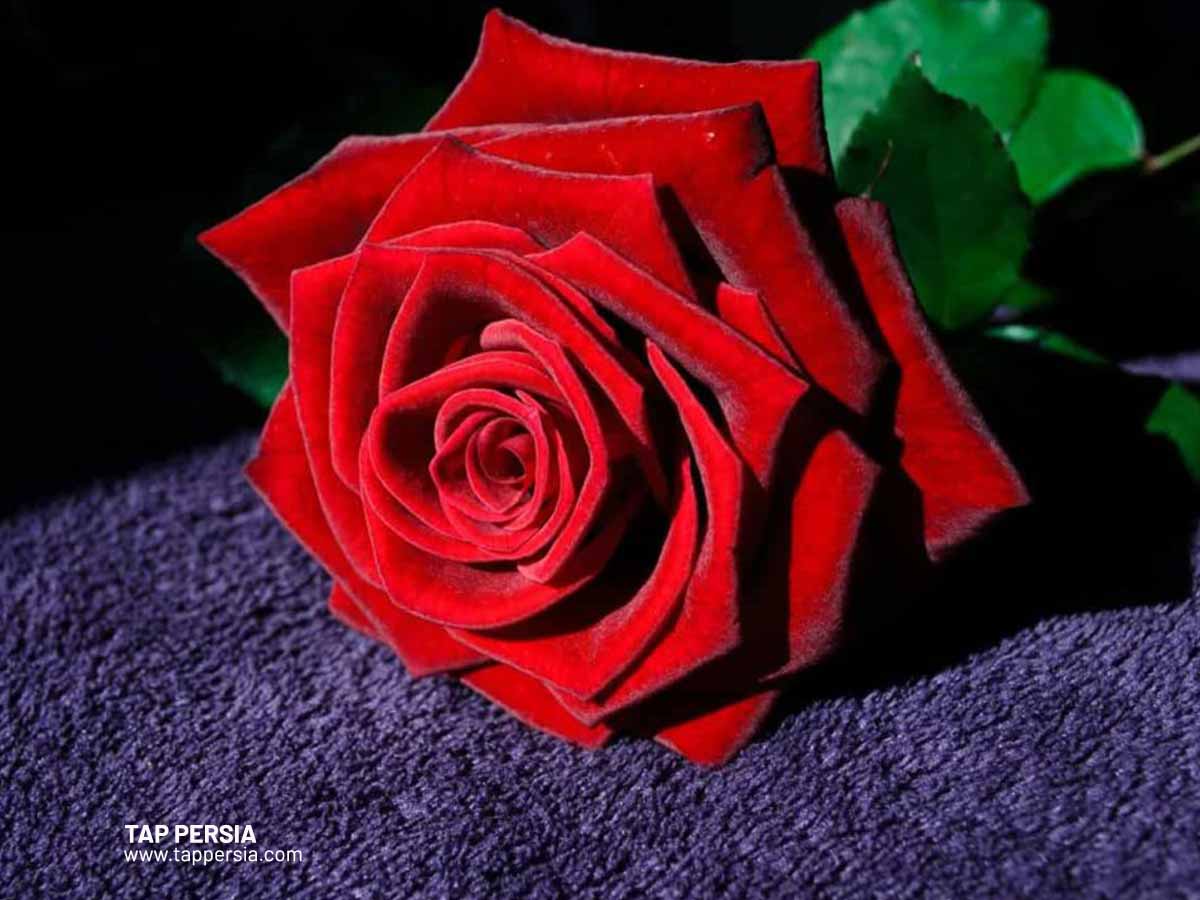
Flowers of Iran are appropriate for weddings since they are unique occasions. The husband presents the bride with many Persian flowers throughout the engagement and wedding ceremonies. The flower represents the man’s adoration and respect for his loved one. Ancient traditions included presenting red or sweet-smelling flowers to wedding guests.
When they asked the girl to marry them during the Sassanid era and she said yes, the parties exchanged flowers.
A Look at Iran’s Flower Industry and Its Global Reach
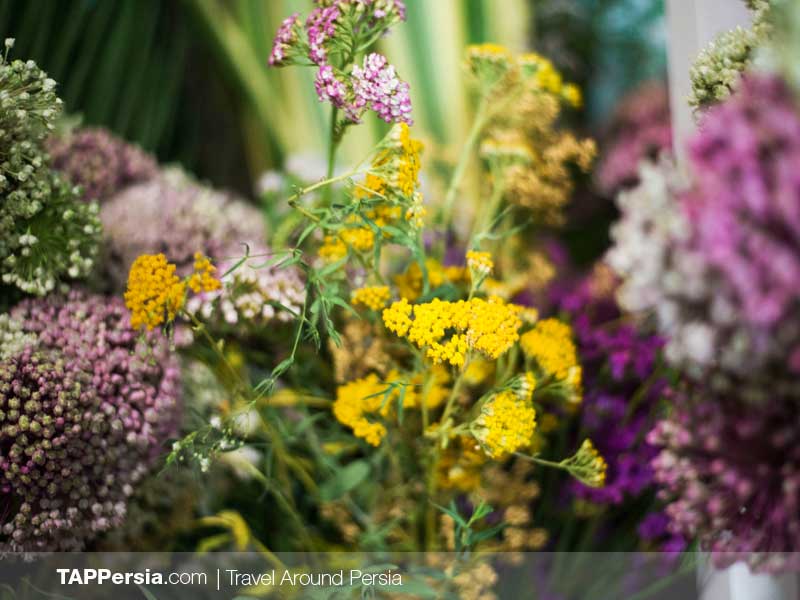
Several nations across the world have imported Persian flowers, including the United Kingdom, the Netherlands, the United States, Japan, Australia, the United Arab Emirates, Switzerland, Spain, China, France, Iraq, Germany and Vietnam. However, Russia, Azerbaijan, Armenia, Belarus, Iraq, Uzbekistan, Ukraine, Tajikistan, Kyrgyzstan, Moldova, Georgia, Turkmenistan and Kazakhstan have been Iran’s biggest export markets for Persian flowers and decorative plants in recent years.
In reality, several of these nations—including Georgia, Russia, and Belarus—serve as transit hubs for Iranian flowers that are shipped to other nations. After being imported, Iranian flowers are then re-exported by these nations in fresh packaging with new labels.
In the world of decorative plants, Iran is home to numerous significant species. Tulips, inverted tulips, irises, fritillaria persica and Lilium Ledebourii and are some of the most significant Persian flowers exported to other nations. Providing 70% of the world’s supply, Iran is the top producer of damask roses. The majority of flowers may be grown in Iran due to its four distinct seasons. The provinces of Isfahan, Shiraz, Tehran, Gilan, Mazandaran, Markazi (Khomein and Mahallat), Khuzestan (Dezful) and Chaharmahal Bakhtiari produce the majority of flowers of Iran.
Exploring the Diverse Varieties of Persian Flowers
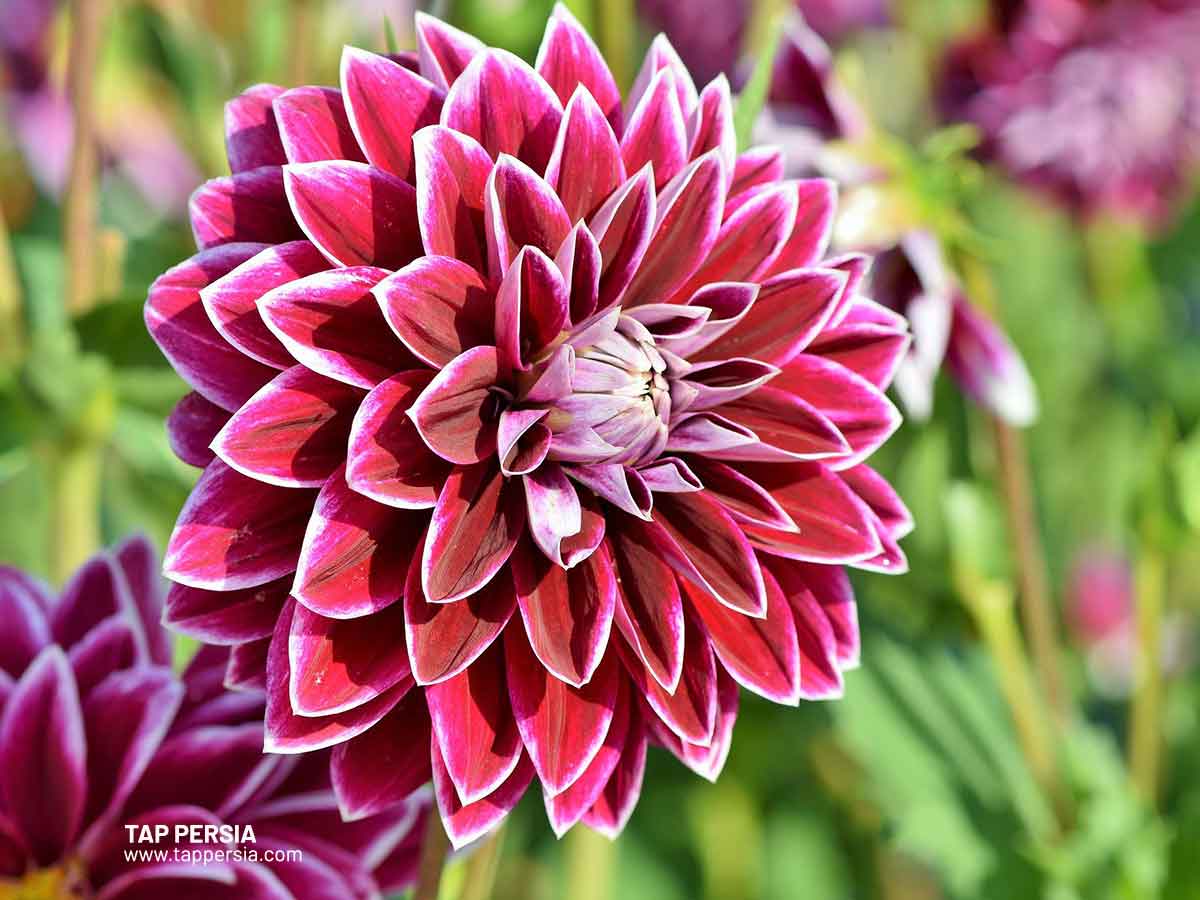
Some flowers can only be found in Iran or were first grown here prior to being shipped. Native flowers of Iran are extremely diverse and beautiful because of their unique geography and location.
Because of its diverse climate and distinctive geography, Iran has an extremely abundant flora. In fact, there are special flora and blooms in every region of the nation. Wildflowers flourish on the hills, while saline plants grow in the desert. Iranian native plant species number about 2500, according to current research. Here are a few well-known Persian flowers:
1.The Red Rose: Iran’s National Flower and Symbol of Love
The Persian national flower is the red rose, which is the most renowned flower in the world and symbolizes passion. Persian poetry and literature often utilize the rose, or Gol-e Sorkh, to compare a loved one’s beauty to something else. That’s why the rose is the emblem of love—the delicate and vibrant color of its velvet petals may enchant your heart.
2.The Inverted Tulip: Iran’s Unique Emblem Flower
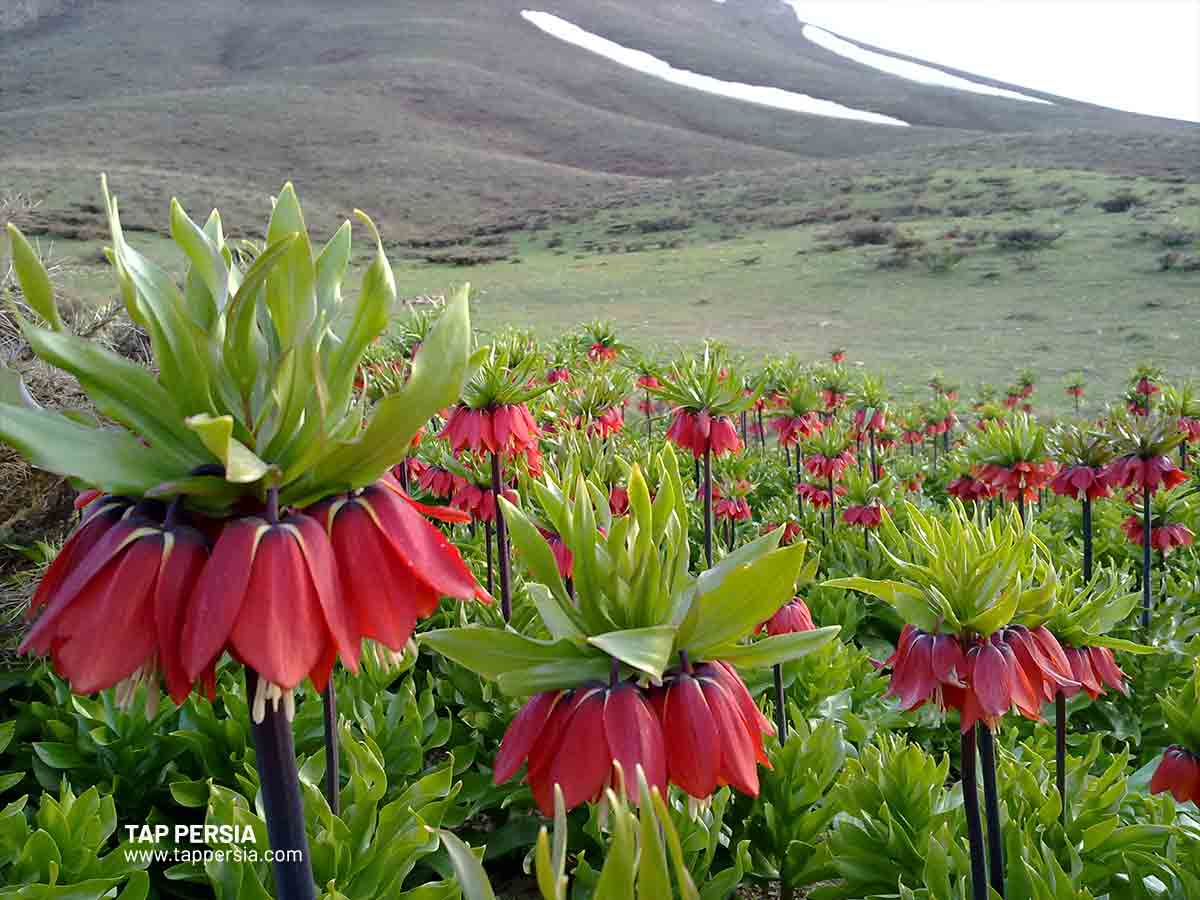
In addition to roses, another Persian flower that is firmly engrained in Iranian culture is the tulip, or as Persians call to it, Laleh, which means red in their language. It is not necessary to plant this spring-blooming flower. Tulips begin to develop and bloom every spring to display their fiery petals to passersby. The tulip grows in the Alborz and Zagros mountain ranges and represents the holy blood of martyrs who gave their lives in defense of their nation. In Persian poetry, the word “tulip” is used to depict how a lover suffers and is unable to conceive his beloved.
One of the rare tulip species, known as the inverted or reverse tulip, grows and blooms in Iran’s central provinces and is generally found there at the base of the Zagros Mountains. In the regions where this particular tulip blooms, several festivals are conducted each year in the spring so that visitors may appreciate the inverted tulip flowers of Iran.
3.The Cymbidium Orchid: A Premium Addition to Iran’s Flower Market
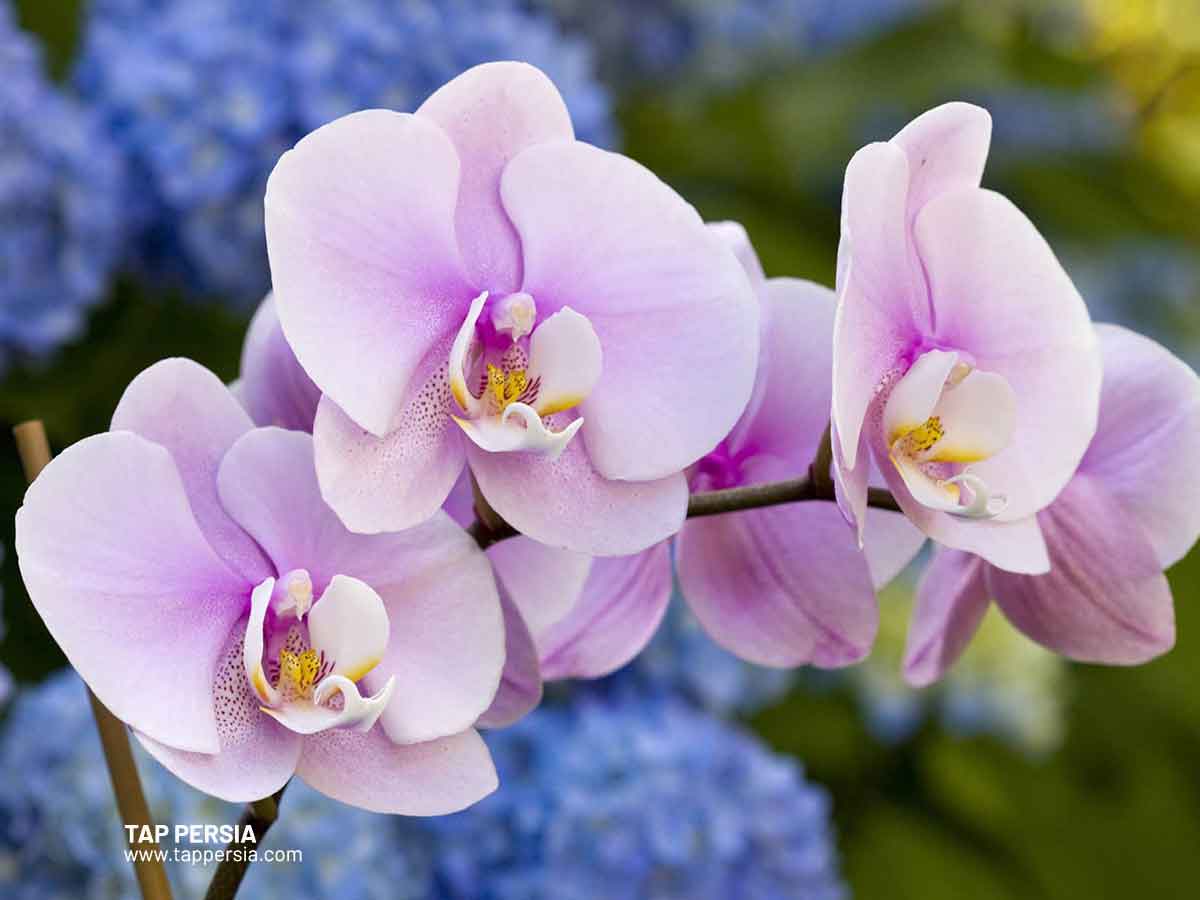
The Cymbidium Orchid, sometimes known as the boat orchid, is one of the most costly Persian flowers available owing to its importation. Compared to many other orchid species, Cymbidium orchids are far more resistant to cold temperatures. These flowers of Iran grow enormous flowers on flower spikes with thin, long leaves during the winter. Up to three months might pass between flowerings.
Cymbidium represents a true friendship that is cherished and honored. Both offering and receiving Persian flowers are seen as acts of honor. Additionally, the flower represents morals and righteousness.
4.The White Jasmine: A Symbol of Protection in Persian Culture
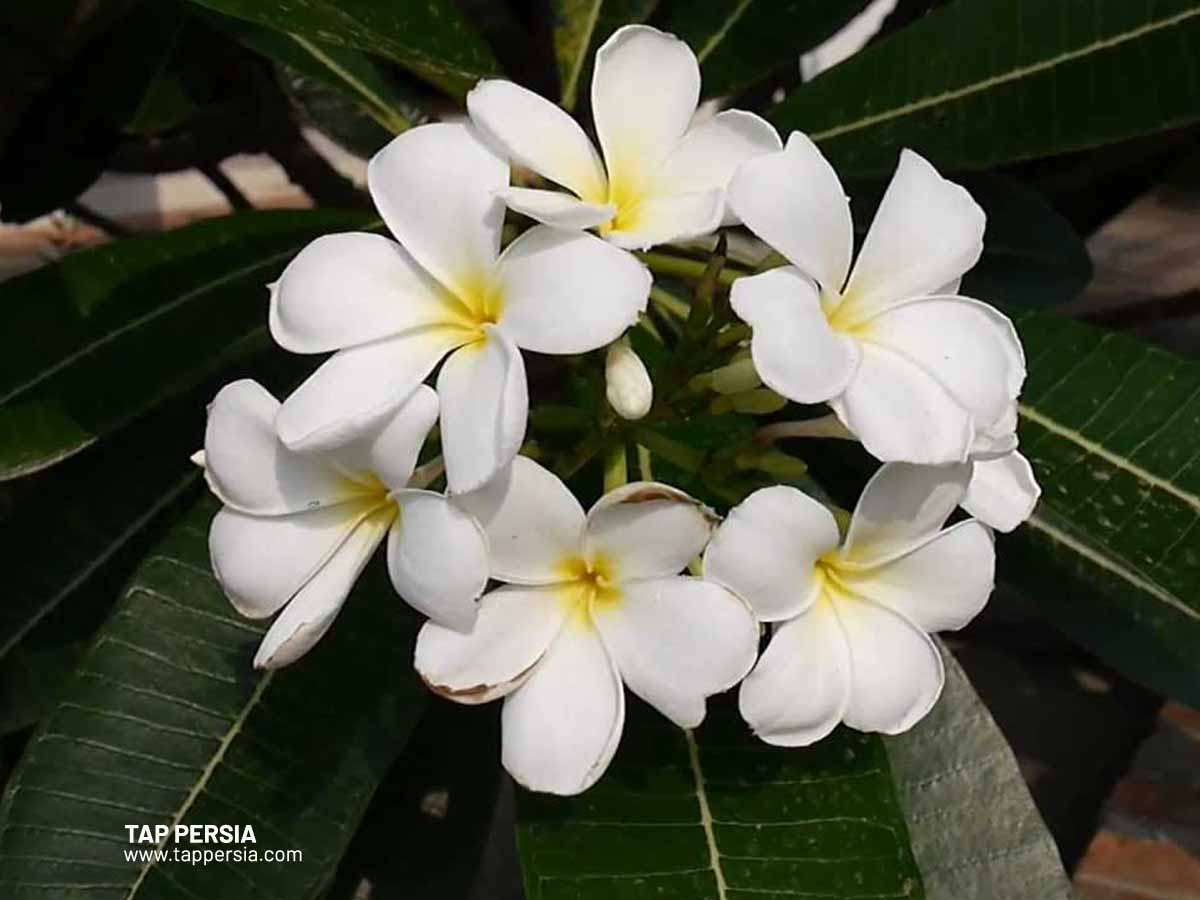
The jasmine flower has a particularly significant position in the hearts of Persian people in ancient Persian culture. Even though this flower is relatively abundant in this region of the world, the Persians nevertheless thought it was a unique kind for them. They believed that God himself had sent the jasmine bloom. It can be due to the exquisite scents or the attractive look.
In any case, the Persians were in such awe of this flower that they gave it a name. It was given the name “Yazmin,” which means “a gift from God.”
The attar of jasmine, used in fragrance, comes from the white Jasmine, an Iranian native that produces fragrant white blooms. For its gleaming leaves and summer flowering clusters, it is frequently grown. White jasmines are widely portrayed in art and literature due to their significance.
Innocence, purity, kindness, and beauty are all attributes associated with white jasmine. This is partially due to the color white in and of itself, as well as to the flower’s attractiveness and its sweet-smelling aromas.
5.The Marjoram Flower: A Reflection of Truth in Iran
Marjoram, also known as mountain oregano and wild oregano, is an herbaceous perennial that is native to Iran and grows in the country’s northern and western areas. This herb is used to treat inflation, constipation, and other gastrointestinal problems in traditional medicine. It also acts as an antiasthmatic, antispasmodic, and sedative. Traditionally, marjoram is used in bridal bouquets, wreaths, and arrangements because of its positive connotations.
6.The Lotus in Persian Culture: A Symbol of Spiritual Growth
We may see the patterns of significant flowers of Iran on the Persepolis ruins by gazing at them. Lotus is one of Iran’s most significant and important Persian flowers. Iranians view the lotus, also known as Niloofar-e Abi, as a sign of spiritual development in addition to being a stunning flower.
Lotus is real and displays its beautiful flower in marshes while gazing at the sun to create a stunning contrast. This beautiful flower exemplifies how even under the harshest circumstances, a person may achieve salvation.
According to legend, the goddess of birth and water, Anahita, was created from a lotus bloom, which is why this flower is named in her honor. Since anything might happen in an unfortunate circumstance, according to Zoroastrians, the lotus is sacred and one’s upbringing cannot excuse evil behavior.
7.The Damask Rose: A Fragrant Delight in Persian Cuisine
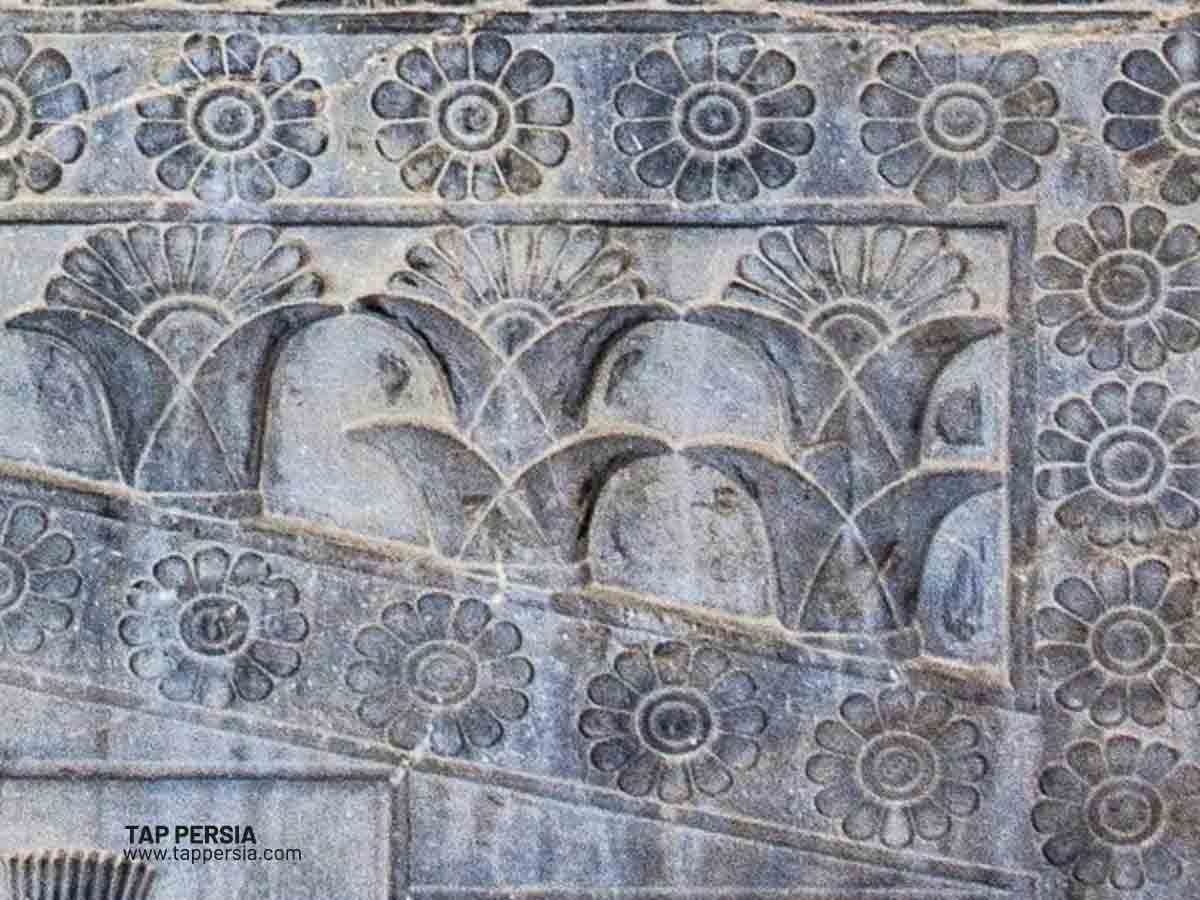
The Damask Rose, also known as Rosa, is a different variety of rose that blooms in Iran and its entrancing scent helps you unwind and feel joyful. This pink flower is used to create oriental-scented fragrances and rose water, which may be mixed with water to create a tasty beverage and ease tension. Some claim that the ambassador of Eastern Romania chose some red roses from the Asbi Mountain’s slopes near Qamsar to bring with him to Damascus while the Miandeh Qamsar Mosque was being constructed under the rule of the Seljuk monarchs.
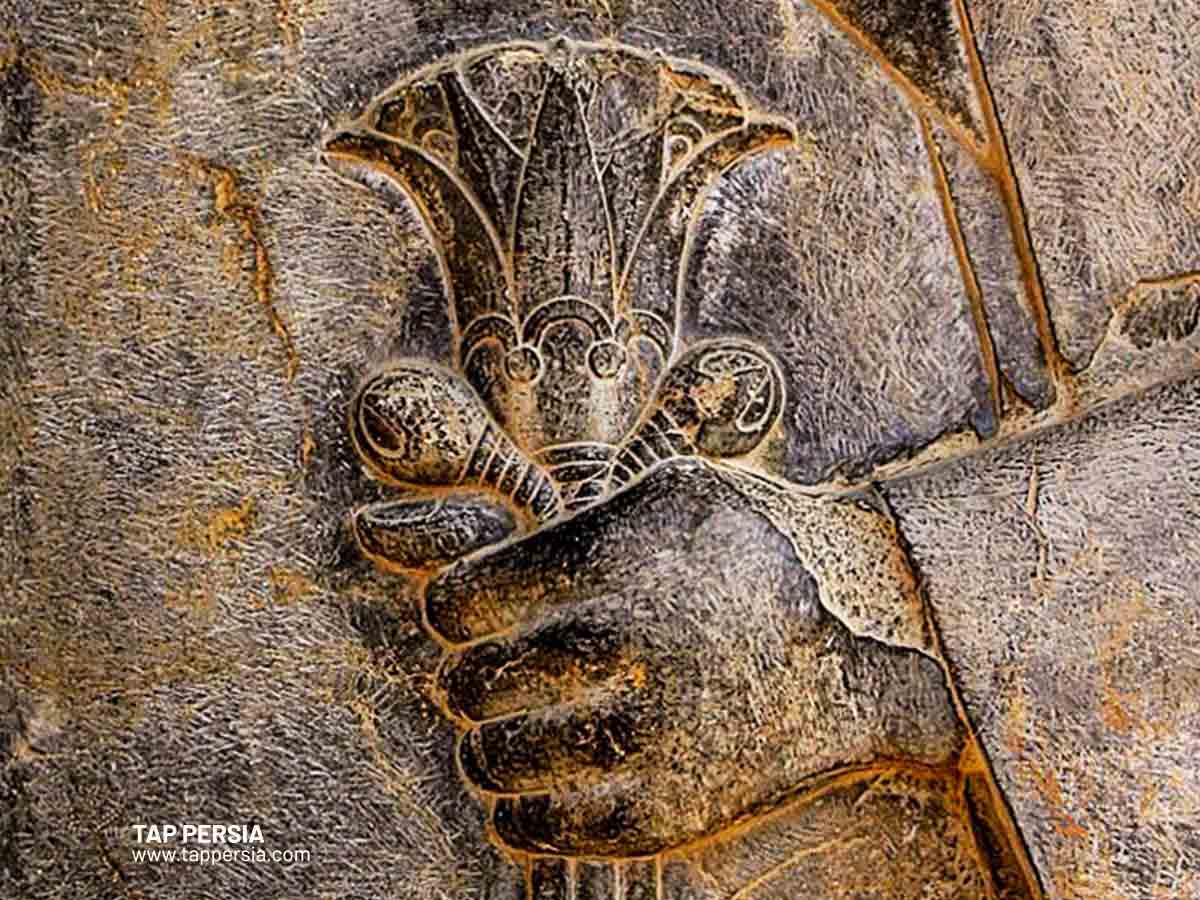
These roses were grown in Damascus, where they gained fame across Europe. As a result, it occasionally goes by the name Damask Rose in English.
It’s interesting to understand that, according to historical evidence, Iranians were among the first individuals to conceptualize an evaporation and distillation technique many centuries ago. Rose water festivals today house the final vestiges of an antiquated way of thinking about creating perfume and scented water.
Rosewater was traditionally used to sprinkle guests with, but nowadays, rose oil is a sort of concentrated liquid that people use as perfume. Additionally, rosewater is used in a variety of meals, desserts, and sweets, including Halva and Faludeh. Additionally, it has certain traditional therapeutic benefits and is successful in treating a number of illnesses, including headaches, heart disease, and sore throat.
8.Saffron Crocus
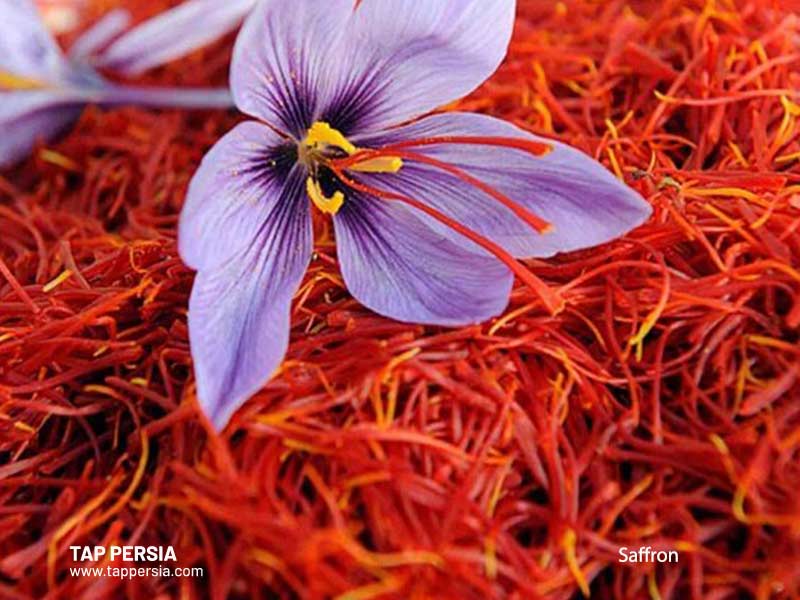
If you enjoy spices, you’ve probably heard of the unusual flavor of saffron. Saffron is extremely expensive since its flowering period only lasts a week on this plant. The price of these Persian flowers is also influenced by the small number of stigmas—just three for each unique blossom.
Iran is the primary exporter of saffron, which is known scientifically as “Crocus Sativus” and is widely grown there.
Only by hand, and usually in the morning, are the blossoms harvested. This wonderful blossom has a delicate scent and a mildly sweet flavor. It is utilized in meals and creates a completely mysterious flavor. Additionally, it is beneficial for supplying antioxidants, avoiding nervous system diseases, elevating mood, easing PMS symptoms, and promoting weight reduction. Additionally, it possesses anti-inflammatory, anti-cancer, and antidepressant effects. In Iran, the flower is also known as “Red gold”.
9.Gulnar
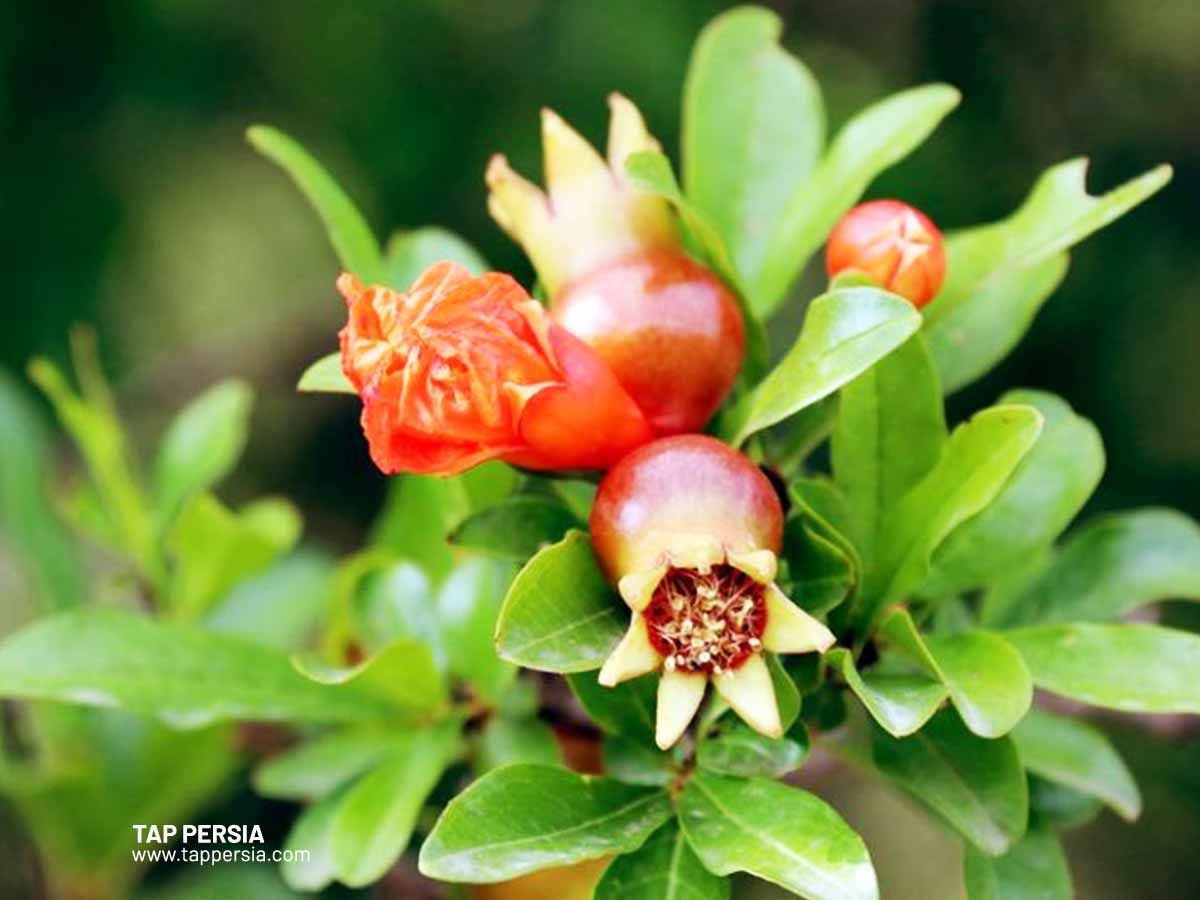
Persian Gulnar is another term for the pomegranate tree, even though this particular tree is male and doesn’t produce any fruit. It is cultivated in Iran and has exquisite blooms with red and cinnabar-colored petals. During the first several weeks of spring, the male tree develops dark green leaves. For a while, the buds don’t show up. These buds resemble pomegranate blooms in every way.
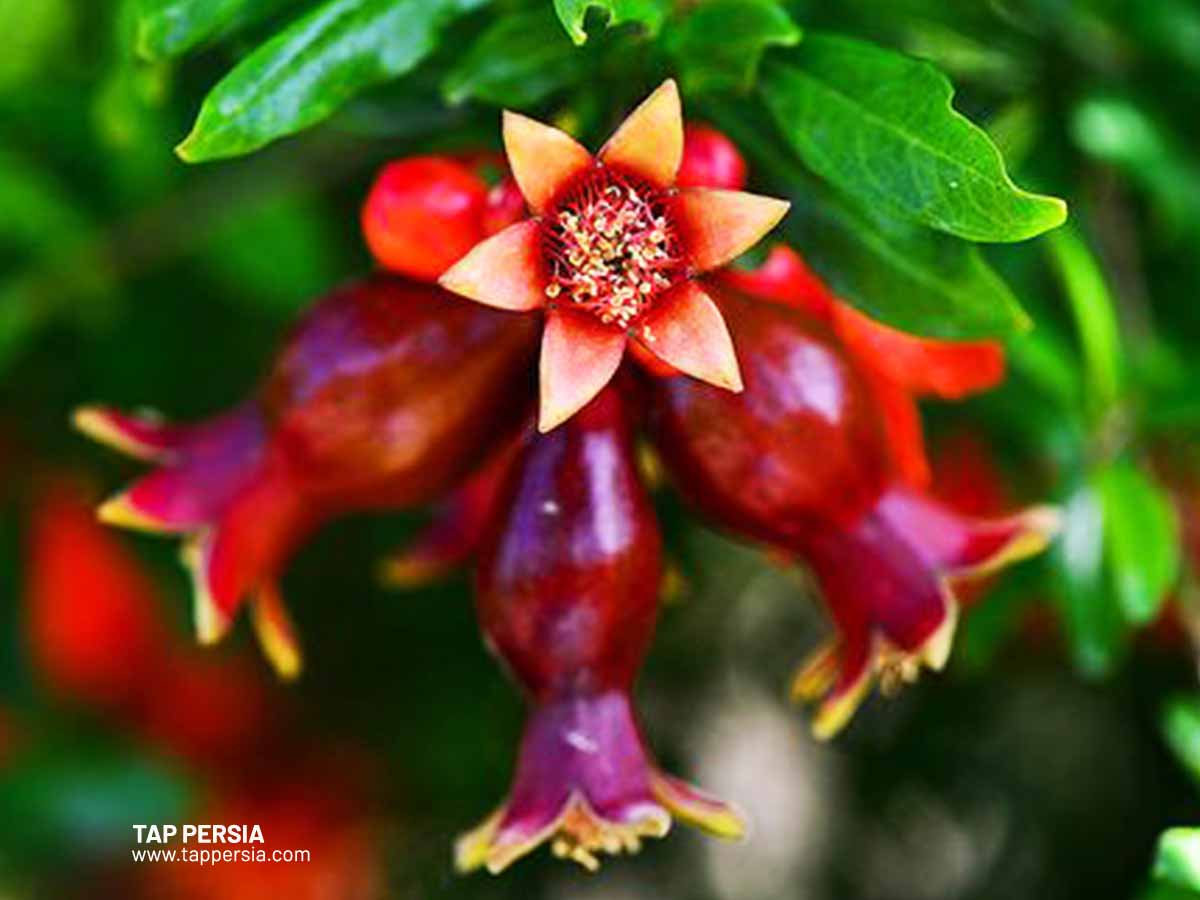
The buds open in June to reveal vibrantly colored and crimson flowers. Up until the end of July, these blossoms are visible on the tree’s branches. They eventually perish with a unique beauty. Persian literature makes reference to this flower to represent the elegance and beauty of loved ones. Due to its medicinal properties, Gulnar is used to cure ailments in addition to being utilized for its aesthetic appeal. Its tea can aid with excessive menstrual flow, and it can be used to treat wounds. Because this flower is packed with antioxidants, it is also utilized cosmetically.
What is the name of Iran’s national flower?
Red roses, commonly referred to as Gol-e Sorkh, are a Persian national flower in Iran. This flower is not only beloved on a global scale but also holds enormous significance in Persian poetry and literature as a Persian flower symbol of passion and love.
How are flowers used in Iranian culture?
Iran’s culture is heavily reliant on flowers. Flowers of Iran play an important role in many rituals and celebrations, including Nowruz (the Iranian New Year), birthdays, marriages, and engagement parties. The traditional khaste-gari proposal ritual usually involves the presentation of an exquisite flower bouquet. In this environment, each flower and color has a certain meaning.
What are some popular Persian flowers?
The red rose, the inverted tulip, Marjoram flower, white jasmine, Cymbidium orchid and the Damask rose are well-known Persian flowers. The cultural and traditional importance of each of these flowers varies in Iran.
What is the significance of the Lotus in Persian culture?
In Iran, the lotus, also known as Niloofar-e Abi, is a significant flower. Since it demonstrates how one may find redemption even in the harshest circumstances, it is seen as a sign of spiritual development. According to legend, Anahita, the deity of birth and water, was created from a lotus bloom.
How significant is Iran’s flower industry globally?
Iran has a substantial flower industry, and it ranks among the top global producers of decorative Persian flowers. In the most recent Iranian year, the sector was projected to be worth $24 million. Russia, Central Asian nations, and Persian Gulf nations are the top recipients of Iran’s exports of flowers and decorative plants.
[/vc_column_text][/vc_column_inner]
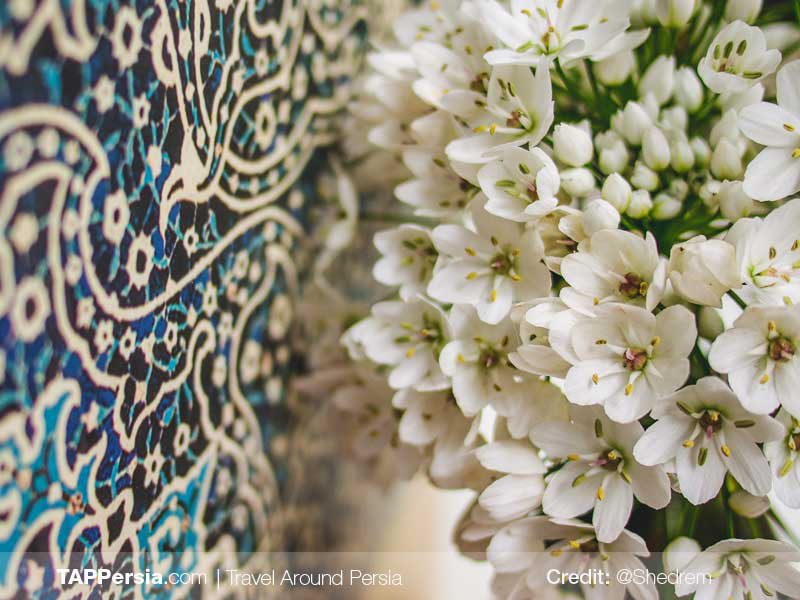
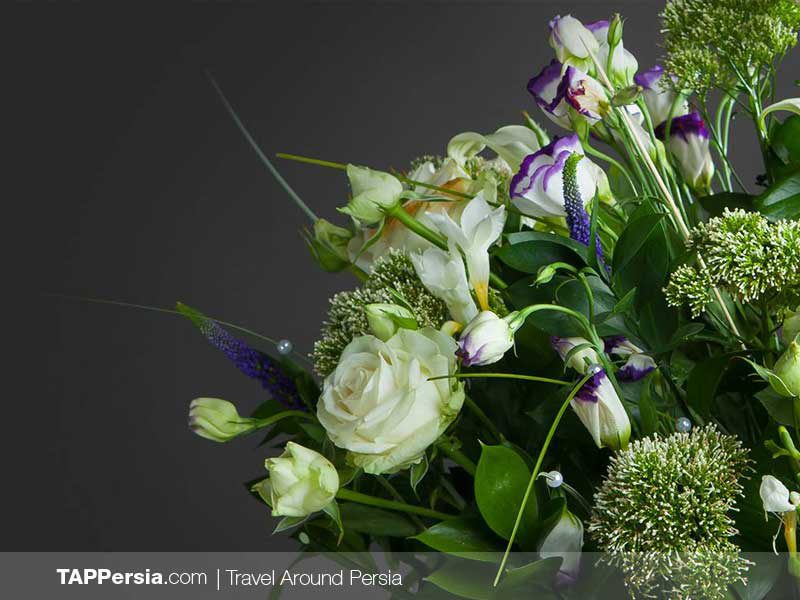
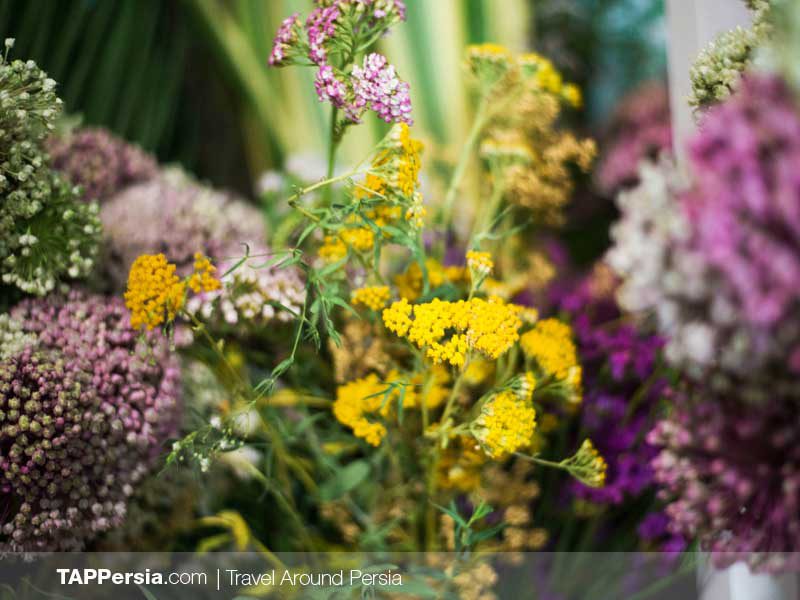
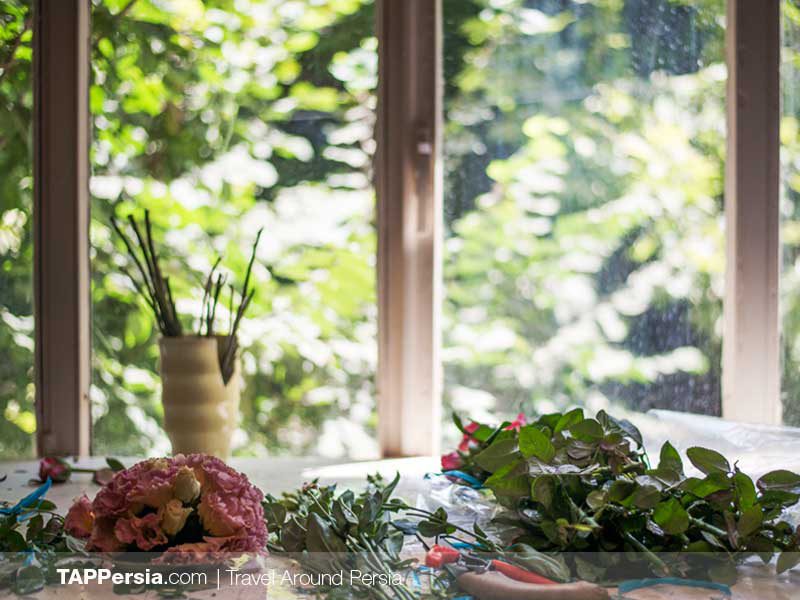
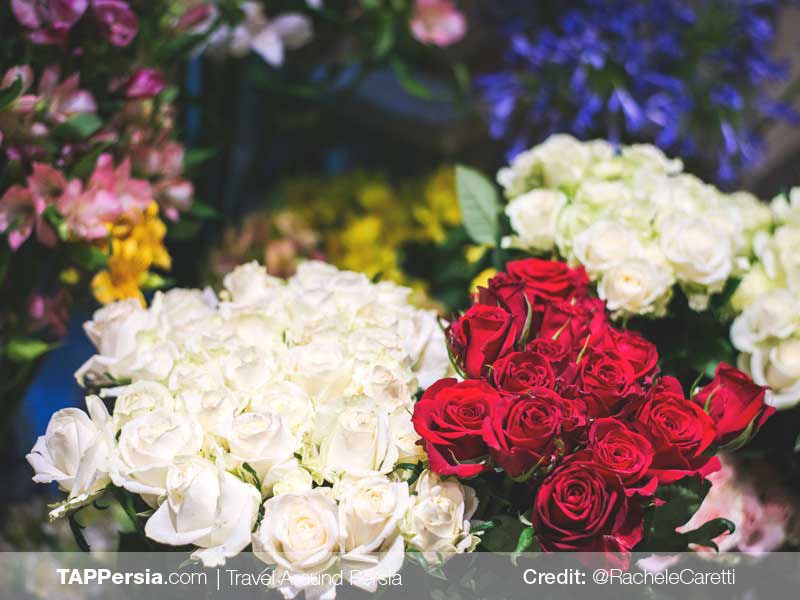
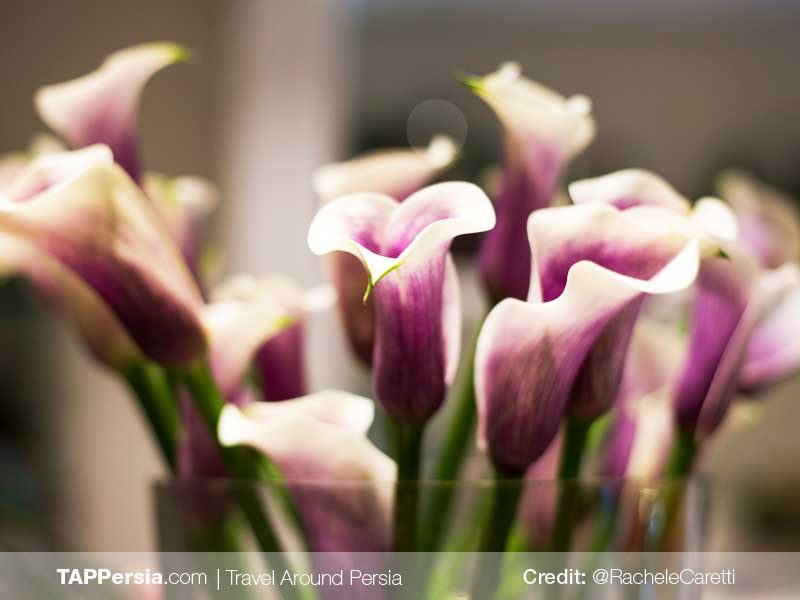

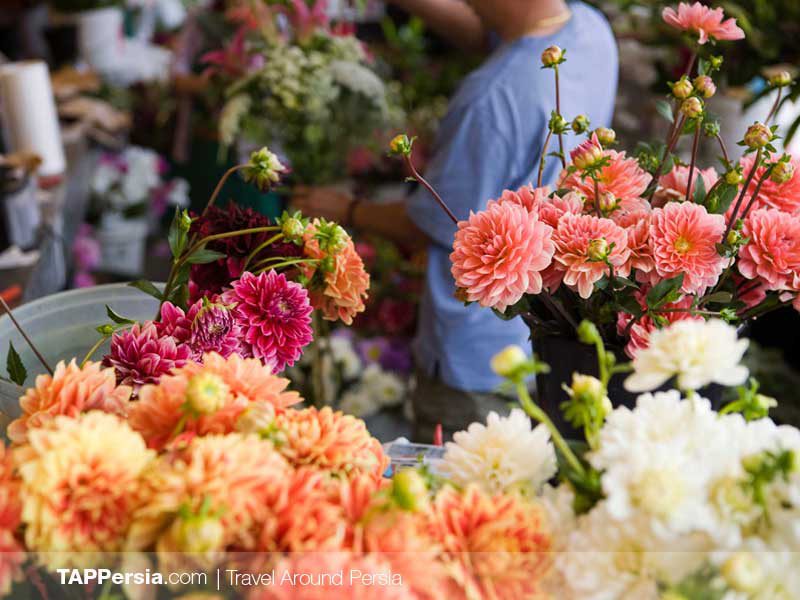

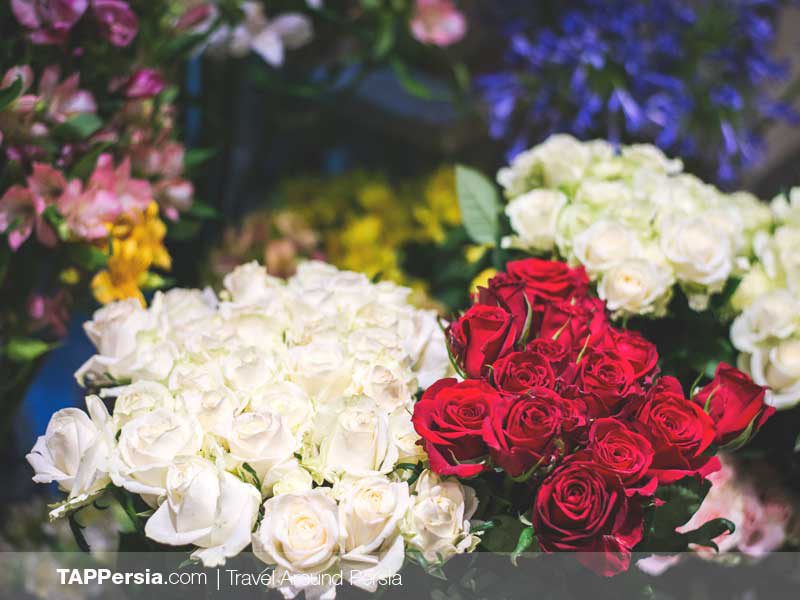


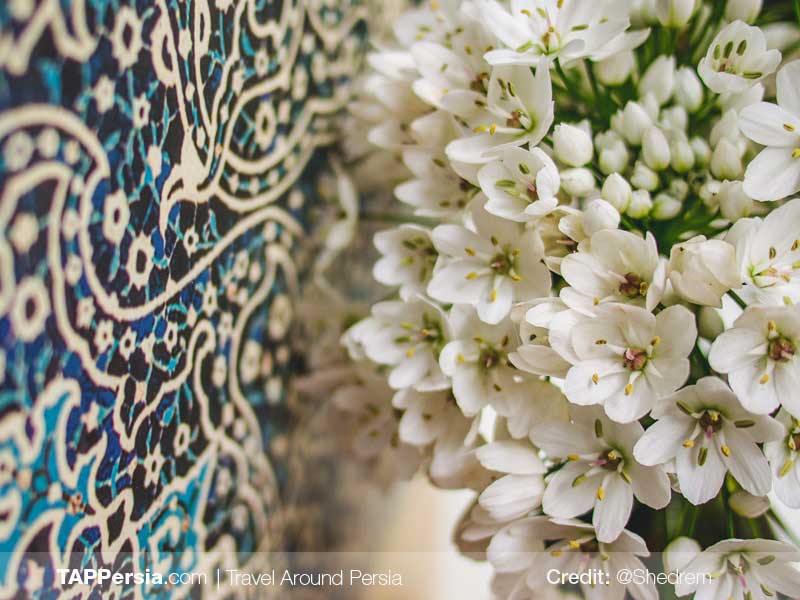
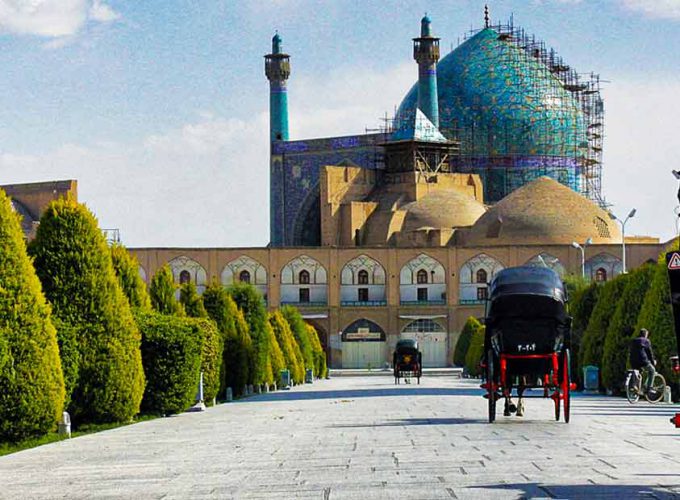
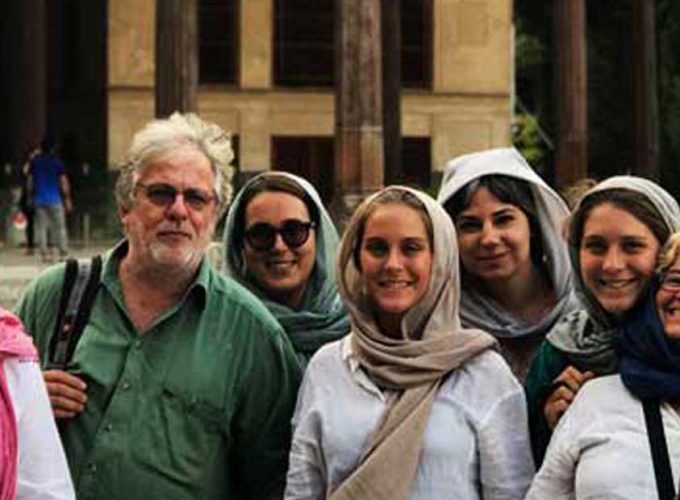



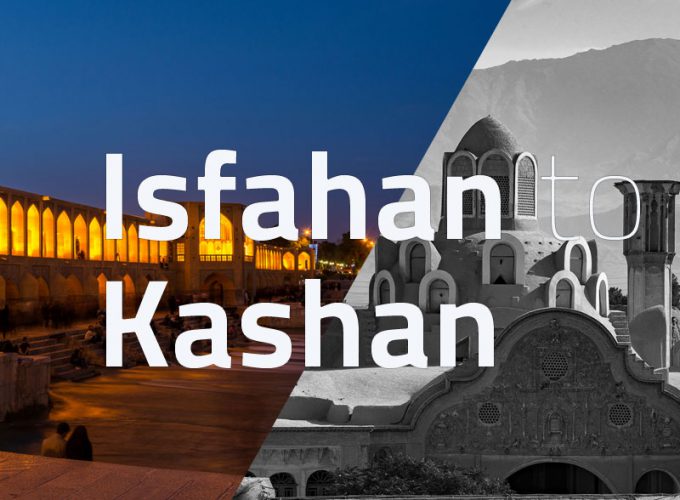


Comment (0)